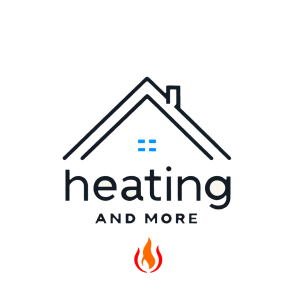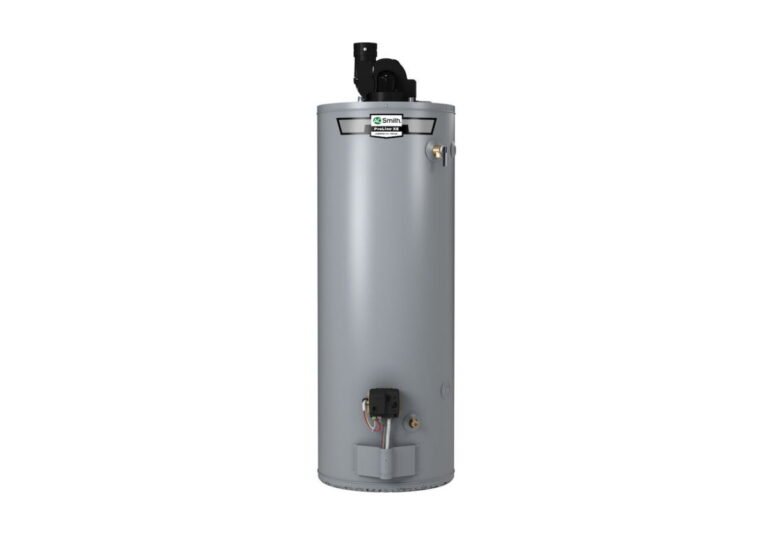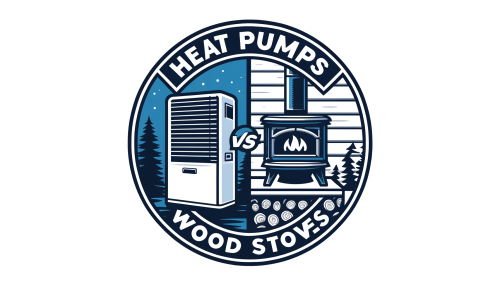Top Benefits of Air-to-Air Heat Pumps: High Efficiency and More
Thanks to the amazing benefits of air-to-air heat pumps, more homeowners are making the switch from traditional HVAC systems.
Not only do these pumps adjust well to various weather conditions, but they also cut down on energy costs, which is a huge plus. It’s a smart move for those looking to stay comfortable year-round while also being mindful of energy use and environmental impact.
Are you thinking about installing one, or are you curious about their pros and cons, and how they might work for your home?

In this article, we will explain in simple terms how air-to-air heat pumps work, things to consider when choosing one, their advantages and drawbacks, and much more. This comprehensive guide is ideal for those looking to upgrade an existing HVAC system or install a new, more efficient one.
How Air-to-Air Heat Pumps Work
An air-to-air heat pump operates by transferring heat between the indoor air of a building and the outdoor air, consisting of two main components: an indoor unit (evaporator) and an outdoor unit (condenser).
In heating mode, the outdoor unit extracts heat from the cold external air, and the indoor unit then releases this heat inside your house.
Conversely, for cooling, the process reverses: the system removes heat from the indoor air and expels it outdoors.
The operation cycle of the heat pump flows continuously through several phases: starting with evaporation, where the refrigerant in the indoor coil absorbs heat from the indoor air, turning from liquid to gas.
This gas then enters the compressor, where it is compressed, increasing its temperature.
After compression, the hot gas travels to the outdoor coil, where it releases its heat to the outside air and condenses back into a liquid.
The cycle completes with the expansion phase, where the liquid refrigerant passes through an expansion device that reduces its pressure and temperature, preparing it to absorb heat once again.
This cyclical process is highly efficient as it primarily moves existing heat rather than generating new heat, consuming less energy than conventional heating methods.
With average efficiency ratings like SEER of 14-21 and HSPF of 8-10, air-to-air heat pumps are a smart choice for those looking to reduce energy consumption and enhance comfort in their homes.
How to Select an Air-to-Air Heat Pump
Selecting the right air-to-air heat pump for your home is crucial, given its significant role in space heating and cooling and its substantial investment. Here’s a detailed guide to help you make an informed choice:
Efficiency Ratings
Opt for a device with high SEER and HSPF ratings. The SEER (Seasonal Energy Efficiency Ratio) measures the cooling efficiency of the pump. A higher SEER means more efficient cooling, so look for a rating of at least 15. The HSPF (Heating Seasonal Performance Factor) assesses heating efficiency, where a rating of 8 or higher denotes high efficiency.
Compressor Technology
Select variable-speed scroll compressors, as they adjust the speed to match heating or cooling demand, enhancing comfort and efficiency. They operate quietly and maintain consistent room temperatures by minimizing fluctuations.
Consider two-speed scroll compressors, which conserve energy by operating at a lower speed most of the time and switch to a higher speed for colder days or when rapid heating is needed.
Choose advanced reciprocating compressors for their robustness and ability to handle higher pressures and temperatures, making them suitable for areas with extreme weather conditions.
Model Type
If your home has existing ductwork, a ducted system might be more appropriate and can integrate seamlessly for whole-house heating and cooling.
For homes without ductwork, consider ductless mini-splits, which consist of an outdoor unit connected to one or more indoor units, offering individual room control and potential energy savings.
Multi-split systems are similar to mini-splits but allow connection of multiple indoor units to a single outdoor unit, enabling different temperatures in different rooms.
Cost vs. Value
Although high-efficiency heat pumps have a higher initial cost, they can provide significant energy bill savings over time due to their ultra-high efficiency. Evaluate the potential energy savings against the upfront cost to assess the value of different models.
Climate Suitability
For regions with severe winters, look for heat pumps designed to operate efficiently in lower temperatures. Some models feature special technologies to enhance performance in colder conditions. Less efficient models may require a backup solution, such as systems powered by electricity, gas, or oil.
Brand Reputation
Choose brands known for their quality and reliability in the HVAC industry, such as Daikin, Carrier, Mitsubishi Electric, and Trane. Review ratings and feedback to gain insights into their durability and performance.
Warranty
Examine warranty terms carefully. A longer warranty period, such as 10-15 years, can offer peace of mind, indicating the manufacturer’s confidence in their product. Ensure the warranty covers both parts and labor.
Benefits of Air-to-Air Heat Pumps
Economical
One of the main benefits of air-to-air heat pumps is their cost-effectiveness. They generally operate more economically than traditional heating systems powered by oil and gas. By using electricity to transfer heat rather than generate it, they typically result in lower energy bills.
Better Energy Efficiency
These heat pumps exhibit higher energy efficiency compared to other heaters like conventional electric heaters or gas furnaces. This efficiency stems from their ability to transfer heat instead of generating it through fuel combustion, which leads to reduced energy consumption for the delivered amount of heat.
Cooling and Dehumidifying
Air-to-air heat pumps cool and dehumidify the air during the summer months, significantly enhancing indoor comfort. This dual function proves especially valuable in humid climates, where excess moisture can be as uncomfortable as high temperatures.
Ideal for Retrofitting
Mini-split and ductless models of the heat pumps fit perfectly for retrofitting in homes without existing ductwork, avoiding the need for extensive and costly duct installation projects.
No Fuel Delivery Needed
Operating on widely used electricity, air-to-air heat pumps eliminate the need for fuel delivery required by systems relying on propane, oil, or natural gas. This simplification of logistics also reduces dependency on fluctuating fuel prices.
Compatibility with Supplementary Heat Sources
They can seamlessly integrate with other heating systems such as gas, electric, or oil heaters. This capability allows for enhanced heating efficiency and reliability, particularly during extremely cold periods when additional heat is necessary.
Safety
Without any combustion involved, air source heat pumps are safer than traditional combustion-based systems. They pose no risks of carbon monoxide poisoning, have no hot surfaces that could cause burns, and prevent potential gas leaks.
Clean Operation
These systems produce no smoke, ash, soot, or any combustion residues. Such clean operation ensures healthier indoor air quality and means less cleaning and maintenance related to these by-products.
Low Maintenance
Compared to combustion-based heating systems, these air-source heat pumps require relatively low maintenance. Regular checks and basic upkeep, like cleaning filters and ensuring the system is free from debris, typically suffice to keep the system running smoothly.
Adds Value to Your Home
Installing an air-to-air heat pump can increase your home’s value. Energy-efficient systems are highly sought after in the real estate market, making this a smart investment for homeowners looking to boost their property’s appeal and resale value.
Drawbacks of Air-to-Air Heat Pumps
High Initial Cost
The upfront cost of purchasing and installing is a significant barrier for many homeowners. These systems are generally more expensive than traditional heating and cooling solutions like conventional furnaces or air conditioners. Their complexity often necessitates professional installation, further adding to the initial expense.
Complex System
These systems feature a more intricate setup compared to simpler heating systems. This complexity can affect not only the installation but also the maintenance and troubleshooting. Homeowners might find that servicing a heat pump requires specialized knowledge and skills, which can increase maintenance costs.
Variable Reliability
The reliability varies based on the brand and model. Although many newer models are robust, some may experience decreased performance over time, particularly if not maintained properly. This can result in inconsistent heating or cooling and unexpected repairs.
Outdoor Unit Vulnerability
The outdoor unit is vulnerable to weather conditions. In colder climates, the unit can freeze, reducing its efficiency and functionality unless it includes a defrost system. While crucial for preventing ice buildup, these systems can increase the unit’s complexity and cost.
Moderate Heat Output
The generated heat is not as intense as that from a gas furnace. This lower heat output may not meet the needs of those accustomed to the warmer air from traditional heating systems, especially in areas with harsh winters.
Decreased Efficiency in Cold Weather
The efficiency decreases in colder temperatures. Despite improvements in modern models, extreme cold can still impair their operational efficiency, rendering them less effective as temperatures fall, particularly below freezing.
Maintenance Requirements
Theys require regular maintenance to operate efficiently, including filter cleaning and professional servicing.
Conclusion
From the previous discussion about the benefits of air-to-air heat pumps, it’s clear that they are a highly efficient and versatile choice for home climate control. These systems not only deliver effective heating and cooling but also improve air quality by dehumidifying, all without requiring extensive installation in homes without existing ductwork.
Operating on electricity, they avoid the complexities and safety concerns associated with fuel-based systems.
Moreover, their clean operation reduces maintenance demands and can potentially enhance the value of your home.
All these benefits highlight why air-to-air heat pumps represent a smart, safe, and sustainable investment for modern homeowners.
More About Heat Pumps

Heat Pump Not Cooling? Here’s What You Need to Know
Heat pumps are essential not only in the winter for heating our homes but also in the summer to cool…
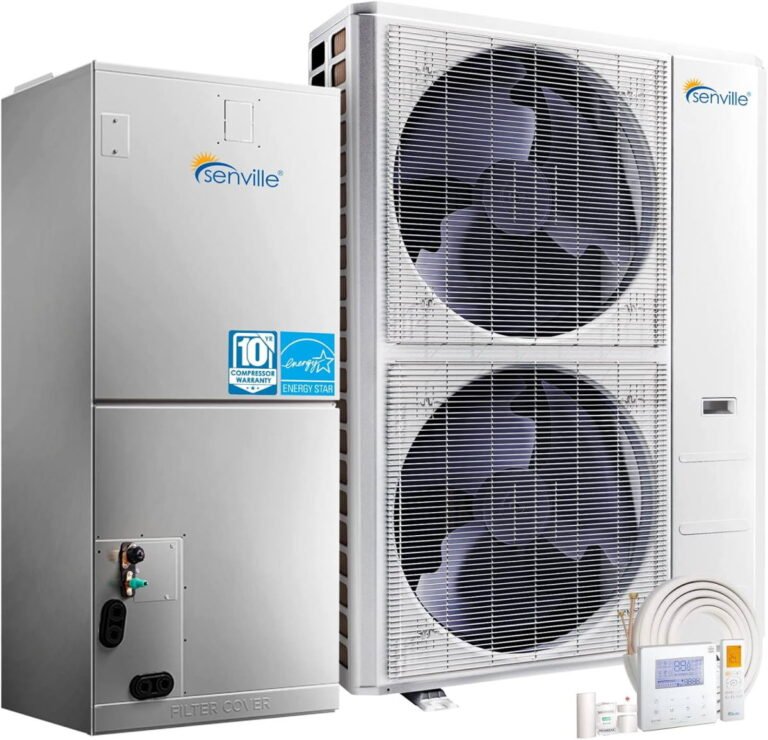
Compare Ductless Mini-Split Heat Pumps vs. Window Heat Pumps: Which Is Right for You?
In this article, we are going to look at ductless mini-split heat pumps vs. window heat pumps, examine how each…
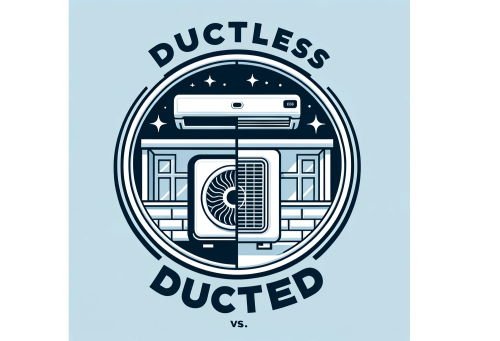
Explore the Differences: How Ductless vs. Ducted Heat Pumps Compare
Deciding between ductless vs. ducted heat pumps is as easy as planning a holiday. You know it’s going to cost…
